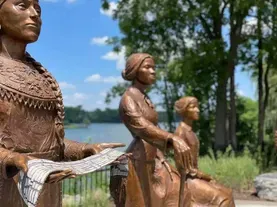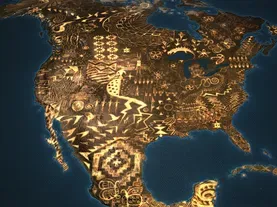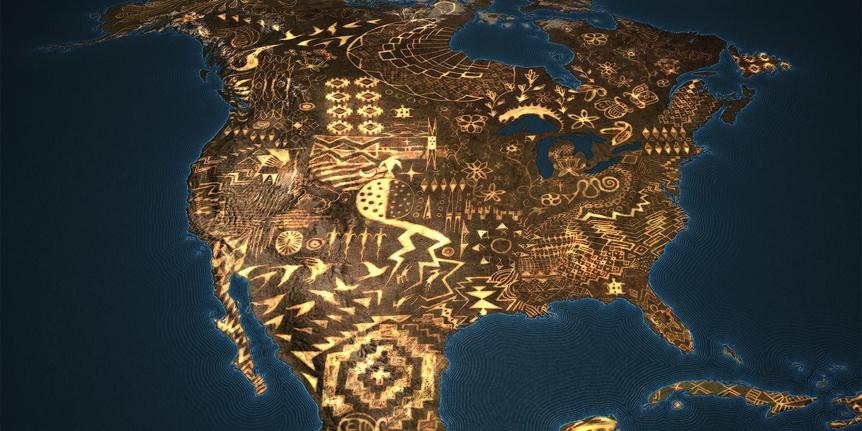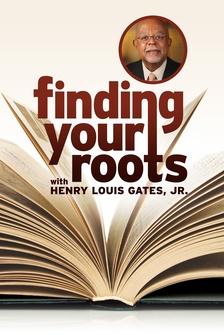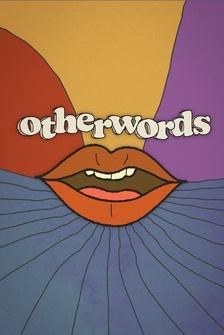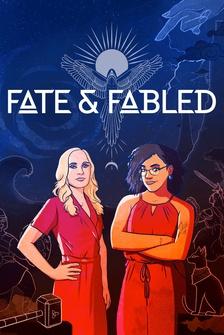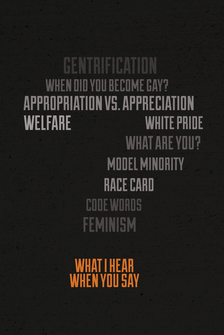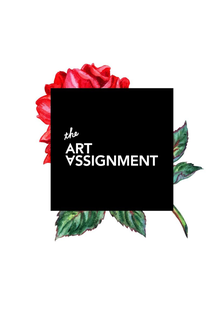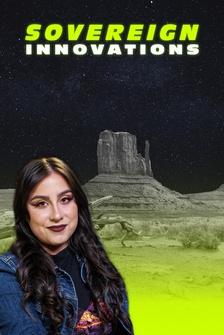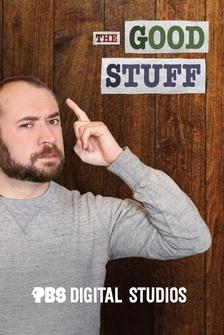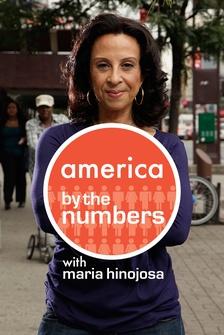♪ ♪ (crowd talking in background) NARRATOR: Sharing teachings and traditions can take many forms.
So it's just one extra pass.
Because when we tried it the first time, we were at four minutes.
NARRATOR: Here, it's expressed in art and fashion at one of the largest Native art showcases in the world, SWAIA: the Southwestern Association of American Indian Art's Santa Fe Indian Market.
JAMIE OKUMA: Walk for me.
Yeah.
Yeah, that looks great.
Hey, Mom?
I pulled this out, and I just, I knew I forgot to do something, so this is what... NARRATOR: Jamie Okuma and her mother, Sandra, put the final details on a beaded dress.
So you've got to go just along the edge of the thing.
NARRATOR: This year, SWAIA celebrates its hundredth anniversary, and Jamie is a headliner of the fashion show just hours away.
See, like this, right here?
Like that?
SANDRA OKUMA: Sure, mm-hmm.
JAMIE OKUMA: Yeah.
(voiceover): Right before a runway show, there's just so many moving parts.
And you're dealing with hundreds of models, I don't know how many makeup and hair people, making sure everybody's right, making sure they look perfect before they go out there.
Watching details on every person.
(present): You comfortable?
Hey, where's that bodysuit?
Are you kidding me?
Oh, you have it.
We're good.
Yeah, it's a lot-- it's chaos.
Doesn't really ever feel like anything's ever done.
(present): Turn it to where it's darker, yeah.
CHRISTIAN ALLAIRE: Jamie's eye and how she applies it into her designs is unlike anything I've ever seen before, and I think that's what pulls people in.
Too fast, Keira-- a little bit slow down.
There you go.
(camera shutter clicking) ALLAIRE: It's just very modern in approach and really refreshing to look at.
♪ ♪ One of Jamie's signature pieces is her hand-beaded Christian Louboutin shoes.
I think that's the piece people fangirl over the most.
And I think it was really genius because she's taking a Western thing and making it Native.
It's kind of flipping the script.
NARRATOR: Using glass beads and materials like porcupine quills, brass sequins, and chicken feathers, Jamie transforms a pair of shoes into wearable art.
♪ ♪ Her boots and clothing can be found in the pages of fashion magazines, in major museums, and on the red carpet.
Jamie's work is both high fashion and fine art.
I'm not doing anything different that our people didn't do.
It's just adapted to what I love, and that I can turn into something different.
NARRATOR: Native Americans have always decorated our clothing and items made to be worn, from shoes to weapons to baby cradles.
It's an aesthetic tradition that spans all of Indian country and reaches back hundreds of generations.
AMBER-DAWN BEAR ROBE: Jamie Okuma really is a leader.
She's been making dresses and beading since she was very young.
She also has a really, almost like a punk rock edge to her work, as well.
For example, her beaded backpack with the spikes.
NARRATOR: Amber-Dawn Bear Robe is a guest curator at SWAIA.
She and her team put together the exhibition "Art of Indigenous Fashion," with pieces from over 20 leading contemporary designers, including Jamie Okuma.
JAMIE OKUMA: Yes, we... MAN: We're big fans.
JAMIE: Oh, thank you, thank you very much.
It was really nice to meet you.
JAMIE OKUMA: Nice to meet you, too.
BEAR ROBE: Indigenous design is the original design language of America, connected to this land and place of what we call Canada and the United States.
JAMIE OKUMA: As a younger person, I moved away from that word "Indigenous."
I felt that I don't want to be boxed in.
I want to be seen as a designer.
But now I embrace that, because it's who I am.
And, so, yeah, I'm proud to say that I am a Native designer, a Native artist.
♪ ♪ NARRATOR: By embracing her Native identity, Jamie is breaking down the barriers between Indigenous and mainstream art.


